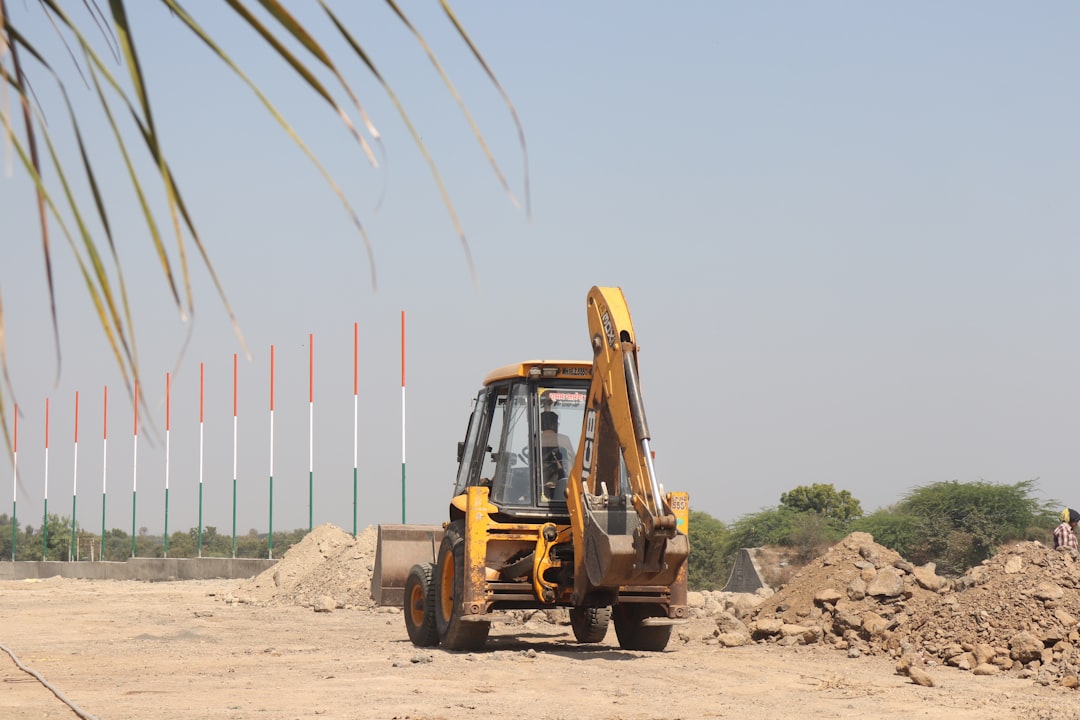The Art of Compressing Air: Understanding OEM Dresser Rand Compressors
When it comes to industrial applications, compressed air is an essential component of many processes. From powering tools to driving machinery, compressed air is a vital resource that requires reliable and efficient compressors. One of the leading manufacturers of air compressors is Dresser Rand, a company that has been a pioneer in the industry for over a century. In this article, we will delve into the world of OEM Dresser Rand compressors, exploring their features, benefits, and applications.
History of Dresser Rand
Dresser Rand has a rich history that dates back to the late 19th century. Founded in 1880, the company started as a small manufacturer of pumps and compressors. Over the years, Dresser Rand has evolved to become a global leader in the design and manufacture of air compressors, pumps, and other industrial equipment. Today, the company is a subsidiary of Siemens, a German multinational conglomerate.
Features of OEM Dresser Rand Compressors
OEM Dresser Rand compressors are designed to provide high-quality compressed air that meets the demands of various industrial applications. Some of the key features of these compressors include:
1. High-efficiency motors: Dresser Rand compressors are equipped with high-efficiency motors that minimize energy consumption and reduce operating costs.
2. Advanced control systems: The compressors feature advanced control systems that enable precise control over the compression process, ensuring optimal performance and efficiency.
3. Robust construction: Dresser Rand compressors are built to withstand the rigors of industrial applications, with durable construction and high-quality materials.
4. Customization options: OEM Dresser Rand compressors can be customized to meet the specific needs of individual applications, allowing for tailored solutions that optimize performance and efficiency.
Benefits of OEM Dresser Rand Compressors
The benefits of using OEM Dresser Rand compressors are numerous. Some of the key advantages include:
1. Increased efficiency: Dresser Rand compressors are designed to minimize energy consumption, reducing operating costs and environmental impact.
2. Improved reliability: The compressors are built to withstand the demands of industrial applications, ensuring reliable performance and minimizing downtime.
3. Customized solutions: The ability to customize Dresser Rand compressors allows for tailored solutions that meet the specific needs of individual applications.
4. High-quality compressed air: Dresser Rand compressors produce high-quality compressed air that meets the demands of various industrial applications.
Applications of OEM Dresser Rand Compressors
OEM Dresser Rand compressors are used in a wide range of industrial applications, including:
1. Manufacturing: Dresser Rand compressors are used in manufacturing facilities to power tools, drive machinery, and provide compressed air for various processes.
2. Oil and gas: The compressors are used in the oil and gas industry to provide compressed air for drilling, extraction, and processing operations.
3. Power generation: Dresser Rand compressors are used in power generation facilities to provide compressed air for turbine cooling and other applications.
4. Food and beverage: The compressors are used in the food and beverage industry to provide compressed air for packaging, processing, and other applications.
Conclusion
OEM Dresser Rand compressors are a vital component of many industrial applications, providing high-quality compressed air that meets the demands of various processes. With their advanced features, customization options, and benefits, Dresser Rand compressors are an essential tool for industries that rely on compressed air. Whether you’re looking to optimize efficiency, improve reliability, or customize your compressed air solution, OEM Dresser Rand compressors are an excellent choice.
 Building Your Dream Home: The Benefits of Modular Homes in Danville, VA
Building Your Dream Home: The Benefits of Modular Homes in Danville, VA Exactly how to Find a Reputable Mover for a Stress-Free Move
Exactly how to Find a Reputable Mover for a Stress-Free Move